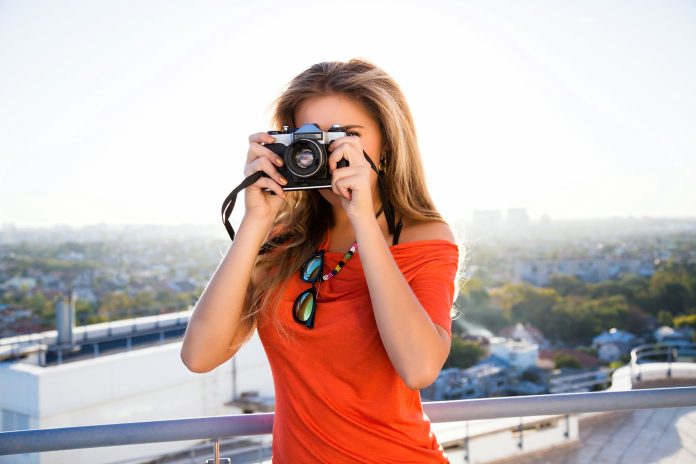Key Takeaways
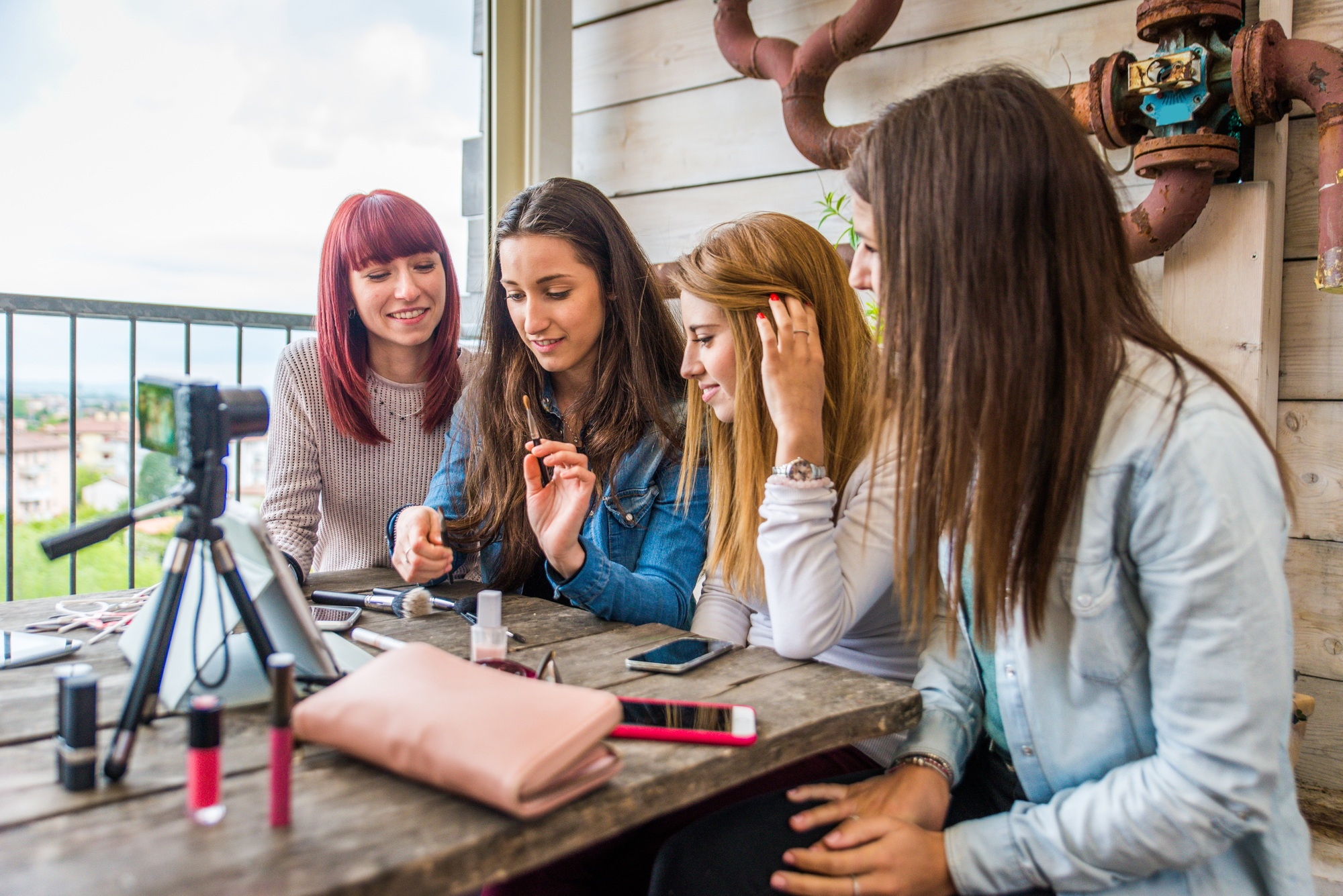
- Fashion Influencers Redefine Style: They shape trends and promote individuality in fashion, providing a fresh perspective compared to traditional media.
- Social Media Engagement: Platforms like Instagram, TikTok, and Pinterest are crucial for influencers to connect with diverse audiences and make fashion accessible.
- Diverse Influencer Types: Understand the differences between mega, macro, micro, and nano influencers, as each type offers unique advantages for marketing strategies.
- Authenticity Matters: Collaborating with influencers who share authentic content enhances trust and encourages deeper connections with their audiences.
- Drive Brand Awareness: Partnering with fashion influencers can significantly increase visibility and foster loyalty, especially for small businesses in the competitive fashion landscape.
- Consumer Behavior Influence: Influencers can alter purchasing decisions through authentic interactions, making it vital for brands to align with the right influencers to reach their target audiences effectively.
In today’s digital age, fashion influencers have taken the spotlight, shaping trends and redefining style. With their unique perspectives and captivating content, they connect with audiences in ways traditional media can’t. You might follow them on social media, eagerly awaiting their next outfit or style tip, but their influence goes far beyond mere aesthetics.
These trendsetters not only showcase the latest looks but also inspire you to express your individuality through fashion. They curate their feeds with a blend of creativity and authenticity, making it easier for you to discover new brands and styles that resonate with your personal taste. As you dive into the world of fashion influencers, you’ll uncover how they impact the industry and empower countless individuals to embrace their own style journeys.
Overview of Fashion Influencers
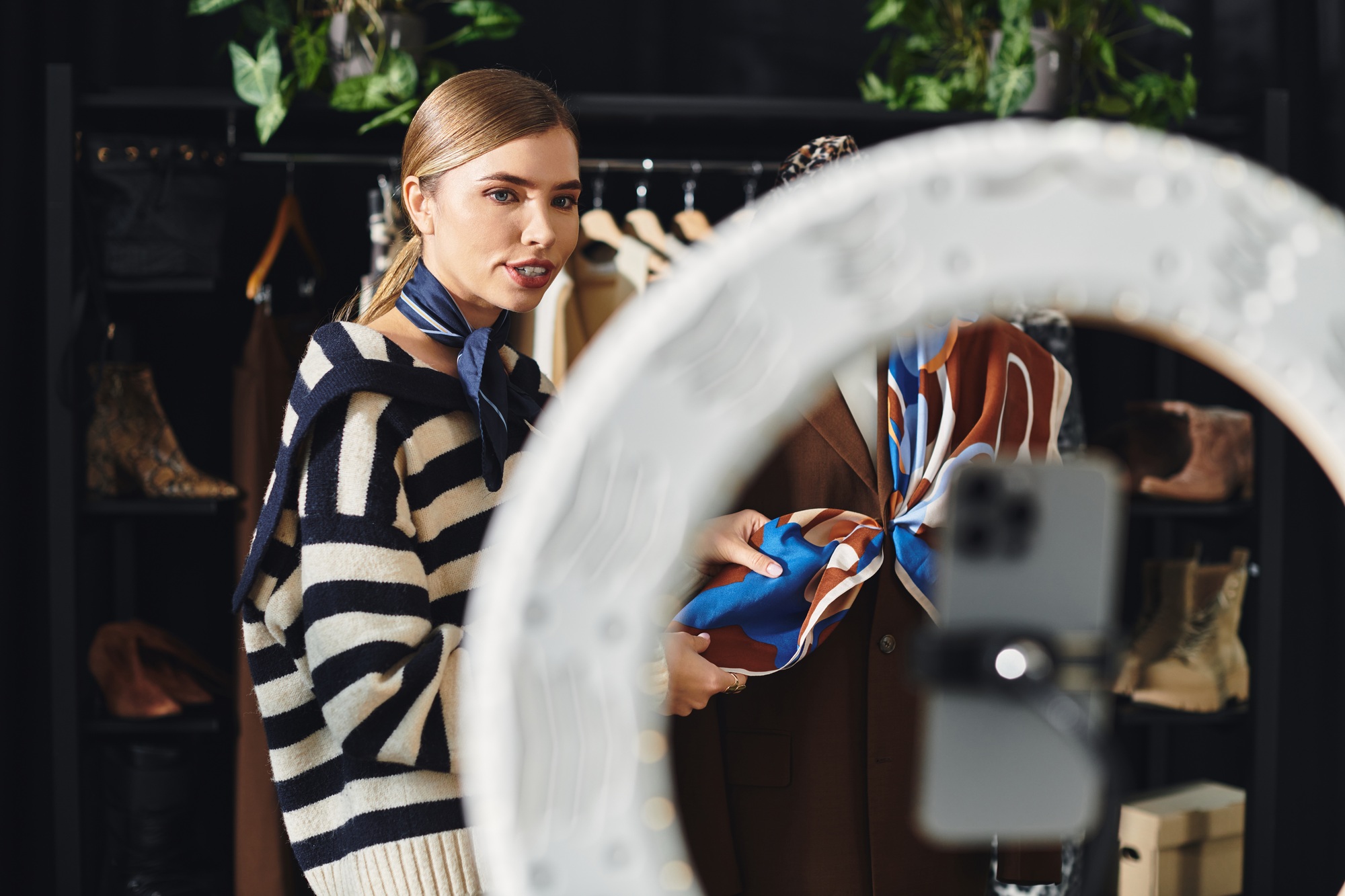
Fashion influencers play a crucial role in shaping the fashion landscape, especially for small businesses. They use social media platforms like Instagram, TikTok, and Pinterest to showcase styles, drive engagement, and create brand loyalty. Their ability to connect with audiences enables you to reach potential customers effectively, making them valuable partners in marketing strategies.
Influencers often highlight unique outfits and showcase products in everyday settings. This approach allows you to appeal to a diverse audience, as these influencers present relatable and authentic content that resonates with viewers. Their guidance can inspire your customers to explore trends and develop their personal styles while reinforcing the message that fashion is accessible to everyone.
Collaborating with fashion influencers can elevate your brand visibility. As they share their experiences and promote your products, they help build trust with their followers. This can lead to increased awareness for your small business, enhancing its reputation in a competitive market.
Moreover, engaging with influencers can create opportunities for social media campaigns that align with your target demographics. By leveraging platforms like Facebook and X, you tap into their established communities, amplifying your marketing efforts. Working with fashion influencers ultimately allows you to capitalize on their creativity and influence, driving conversions and fostering customer loyalty.
The Role of Social Media
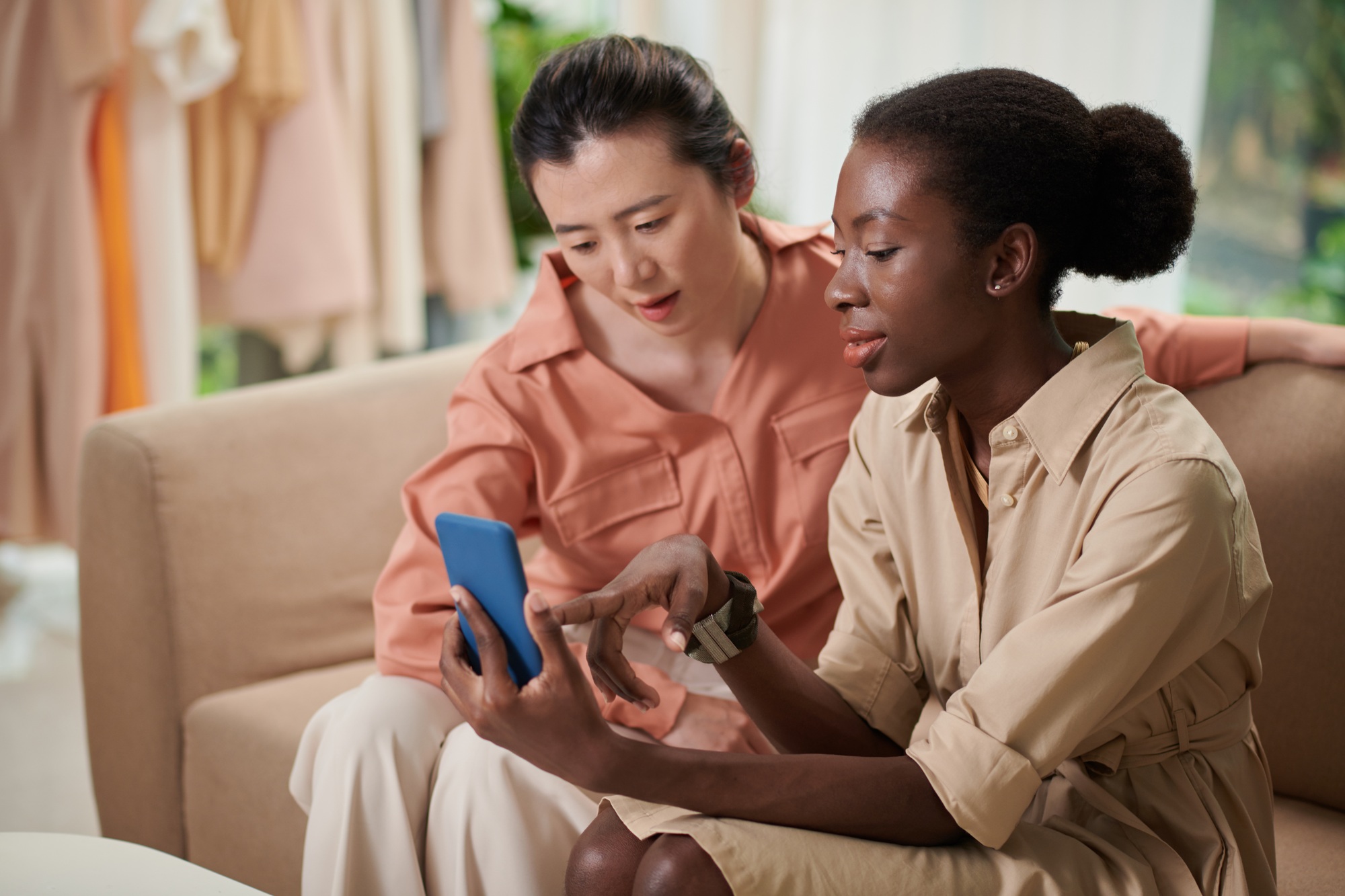
Social media plays a pivotal role in shaping the fashion landscape. Platforms like Instagram, TikTok, and Pinterest enable fashion influencers to connect with diverse audiences, making trends accessible and relatable to all.
Platforms Dominating Fashion Influence
- Instagram: Instagram is a leading platform for fashion influencers. With over 2 billion monthly active users, it offers a visually-driven space where influencers showcase outfits, styles, and brands. Engaging features like Stories and Reels help capture real-time moments and trends.
- TikTok: TikTok is rapidly gaining traction within the fashion industry. The platform’s quick, engaging video format allows influencers to present fashion tips, tutorials, and trends in a dynamic way. With its algorithm favoring relatable content, TikTok lets small businesses reach a wider audience.
- Pinterest: Pinterest serves as a virtual inspiration board for users seeking fashion ideas. Influencers utilize the platform to curate boards and share mood boards containing both high-end and everyday fashion styles. Engaging with Pinterest can enhance brand visibility and attract potential customers.
Engagement Strategies
- Authenticity: Always embrace authenticity in your content. Audiences connect with influencers who share genuine stories, experiences, and imperfections. Your brand can benefit from collaborating with influencers who align with your values and aesthetics.
- Interactive Content: Consider creating interactive content with influencers, such as polls, Q&A sessions, or giveaways. This strategy increases audience engagement and encourages followers to actively participate in discussions about your brand.
- User-Generated Content: Encourage influencers to feature user-generated content within their posts. This not only promotes a sense of community but also allows you to showcase real customers enjoying your products, further enhancing trust and relatability.
Leveraging these social media strategies can help small businesses increase brand awareness and foster loyalty among potential customers.
Types of Fashion Influencers
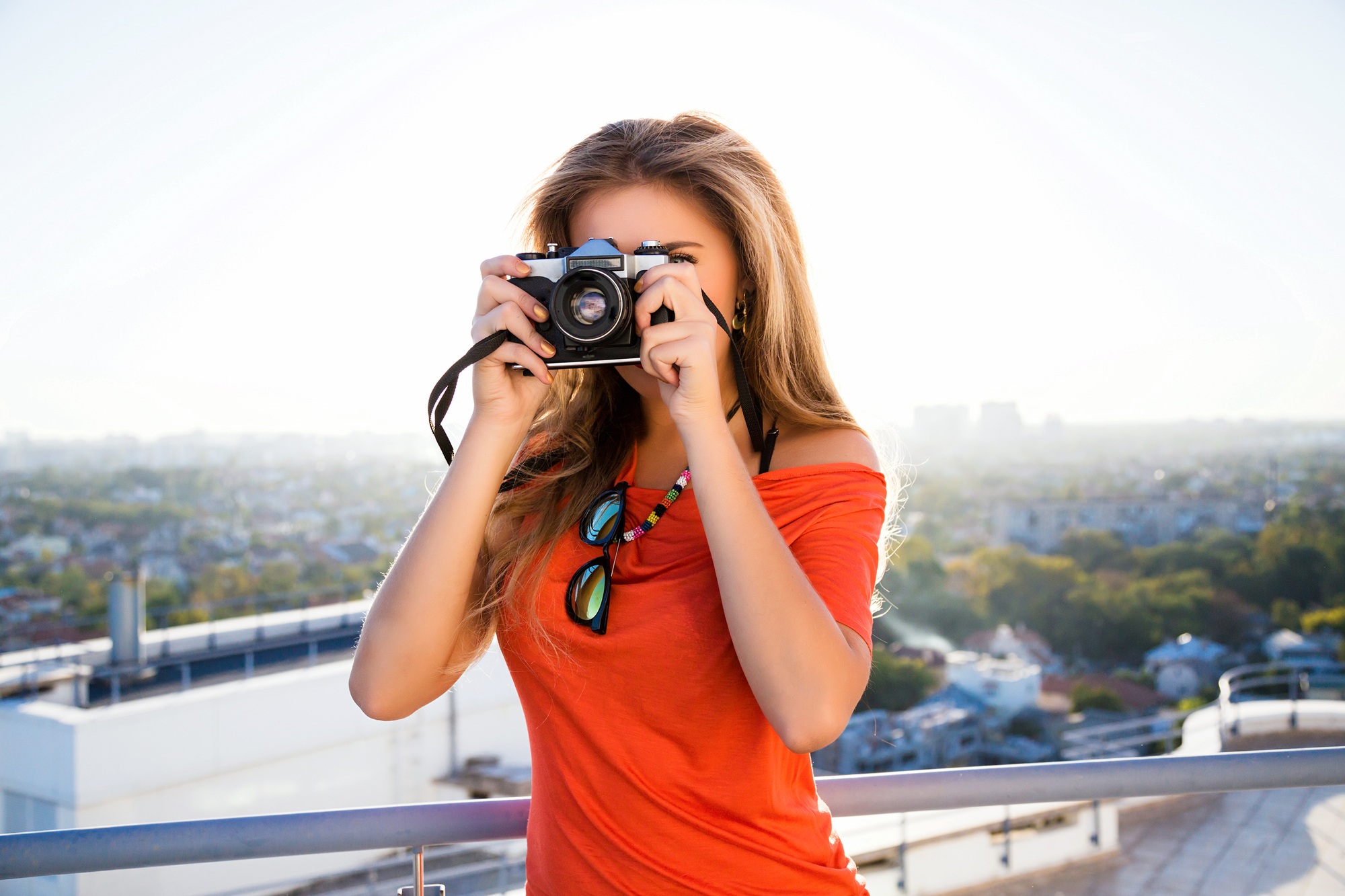
Understanding the different types of fashion influencers can help your small business make informed decisions for marketing strategies. Influencers vary in follower count, engagement rates, and their role in the influencer ecosystem.
Mega Influencers
Mega influencers boast large followings, typically ranging from hundreds of thousands to millions of followers. They often consist of celebrity fashion influencers and recognizable style icons. For example, Chiara Ferragni has over 29 million followers on Instagram and collaborates with major brands such as LVMH and Chanel. While mega influencers provide extensive brand awareness, they often require significant financial investment. Additionally, their engagement rates may be lower compared to smaller influencers, posing potential risks for your marketing budget.
Macro Influencers
Macro influencers have a following that typically ranges from 100,000 to 1 million. They bridge the gap between micro- and mega-influencers, offering a strong combination of reach and engagement. Their audience tends to be more targeted, making them effective in engaging a specific demographic. For small businesses, collaborating with macro influencers might provide a good balance between cost and brand exposure, driving engagement on platforms like TikTok and Instagram.
Micro Influencers
Micro influencers feature follower counts from 1,000 to 100,000. They often engage niche audiences, which can lead to higher engagement rates and more authentic connections with followers. Micro influencers typically offer relatable content and have a deep understanding of their audience’s preferences. Partnering with micro influencers can be a cost-effective way for small businesses to reach targeted groups on social media, such as Facebook and Instagram, thereby increasing brand awareness and loyalty.
Nano Influencers
Nano influencers have fewer than 1,000 followers but maintain strong connections with their audiences. Their hyper-targeted influence often fosters higher engagement due to personal relationships. Collaborating with nano influencers can provide your small business access to dedicated, authentic audiences, making it an affordable option for marketing campaigns. Despite their smaller reach, they can effectively promote products within tight-knit communities on platforms like Pinterest and X.
Impact on Fashion Industry
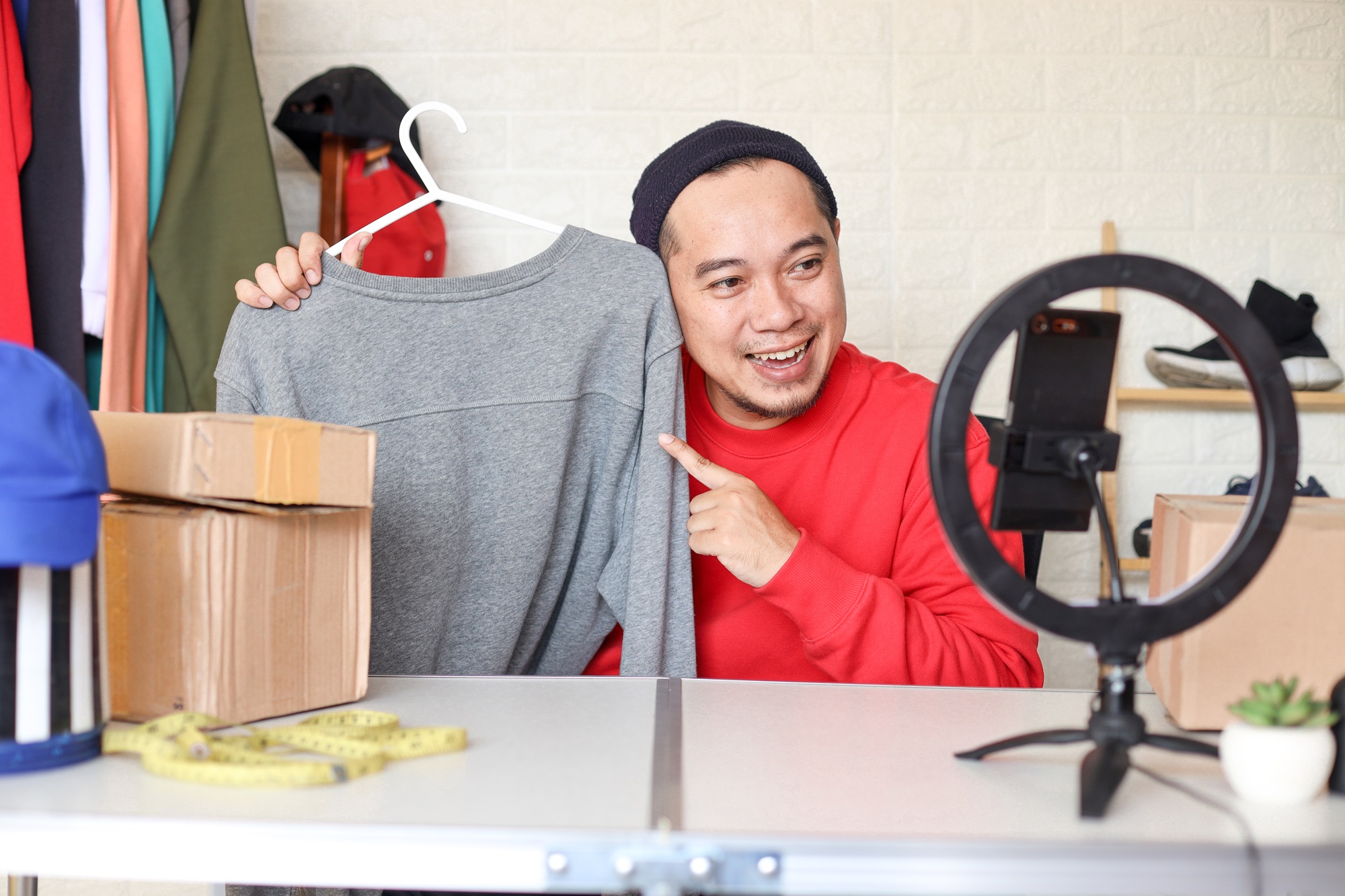
Fashion influencers greatly influence the fashion industry by driving trends and altering consumer behavior. Their unique ability to connect with audiences on social media platforms transforms how brands interact with potential customers.
Trends and Styles
Fashion influencers set trends and introduce new styles, making them key players in the purchasing decisions of younger demographics. You can leverage their expertise by collaborating with influencers who align with your brand values. Using platforms like TikTok, Instagram, and Pinterest, influencers showcase emerging trends, allowing you to tap into their creativity and reach wider audiences. Highlighting their content can attract attention to your offerings, making them more appealing and relatable to consumers.
Consumer Behavior
Influencers significantly shape consumer behavior, as their perceived authenticity fosters trust. When you partner with relevant influencers, you enhance your brand’s visibility and cultivate connections with their followers. This engagement increases your opportunity for higher conversion rates. Moreover, choices on platforms like Facebook and LinkedIn can further boost your reach, connecting you with specific target audiences. Authentic messaging and interactive content can effectively influence purchasing decisions, making it essential for your small business to align with the right influencers who resonate with your desired market.
Conclusion
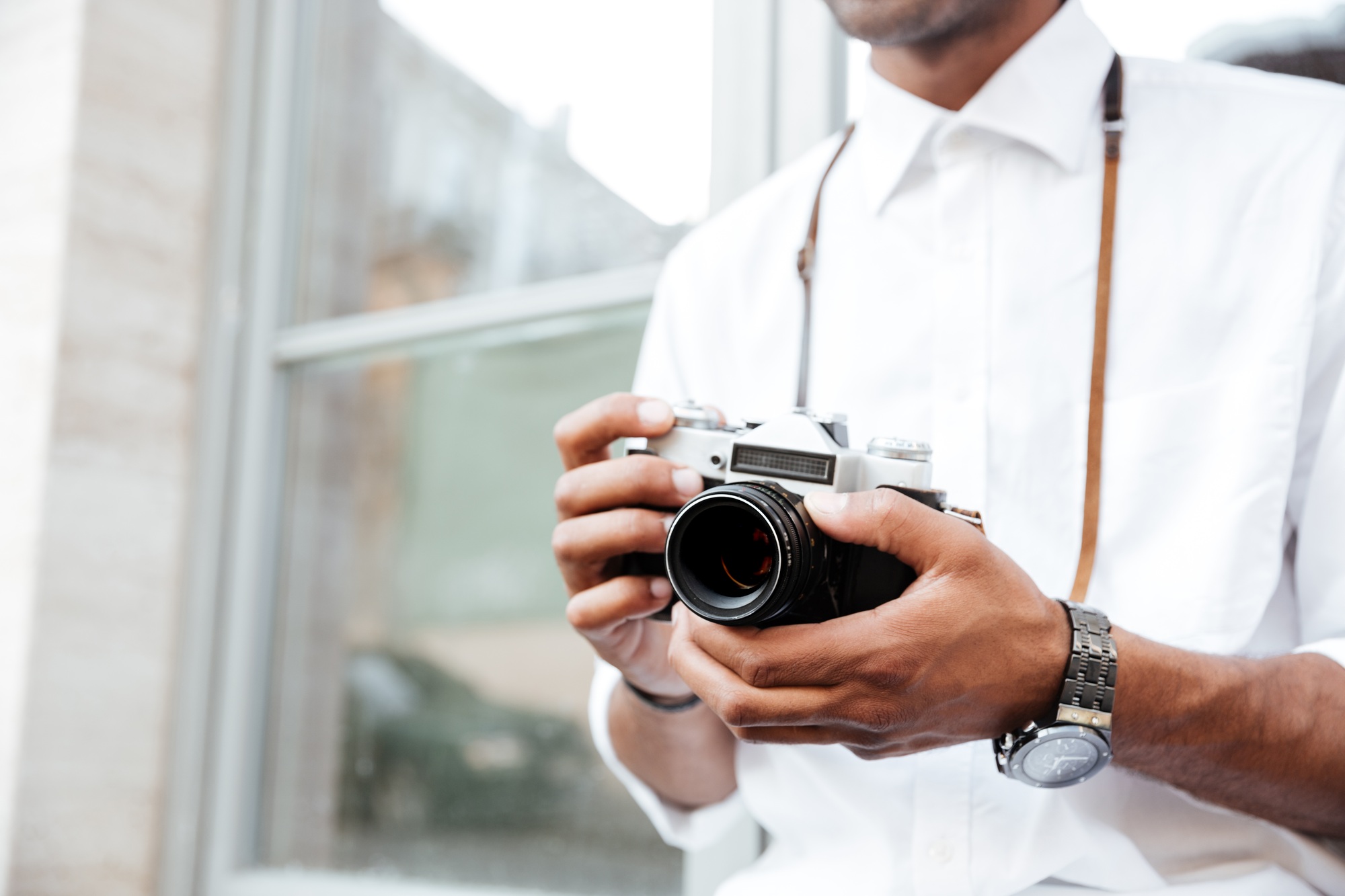
Fashion influencers are reshaping the industry by connecting with audiences in ways traditional media can’t. Their authentic content inspires you to embrace your unique style while making fashion more accessible. As you explore collaborations with these influencers, remember the potential for increased brand visibility and customer loyalty.
By leveraging their creativity and understanding of social media dynamics, you can tap into new markets and foster meaningful connections. Embracing the diverse types of influencers available allows you to tailor your marketing strategies effectively. In this ever-evolving landscape, aligning with the right influencers can elevate your brand and resonate with your target audience.
Frequently Asked Questions
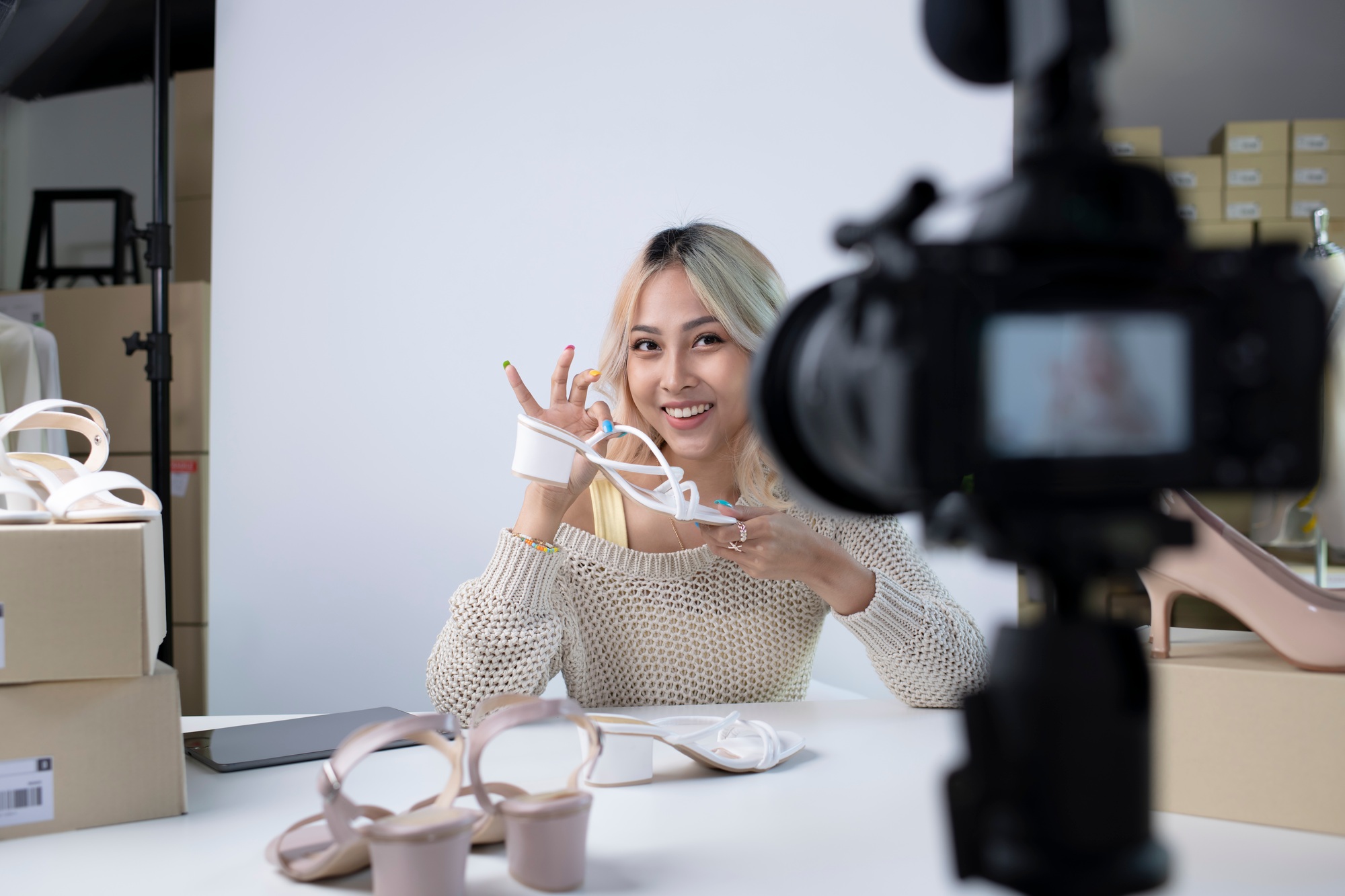
What is the role of fashion influencers in today’s digital landscape?
Fashion influencers play a crucial role in shaping trends and redefining style. They connect with audiences through engaging and unique content, often surpassing traditional media in impact. Their ability to inspire individuals to express their uniqueness and curate personal style is significant in today’s fashion narrative.
How do fashion influencers benefit small businesses?
Fashion influencers help small businesses by utilizing social media platforms like Instagram and TikTok to showcase styles and engage audiences. Their authentic content builds trust and increases brand visibility, ultimately driving awareness and customer loyalty in a competitive market.
Which social media platforms are best for fashion influencers?
Instagram is the leading platform for fashion influencers because of its visual nature, allowing detailed outfit showcases. TikTok is great for dynamic fashion tips and tutorials, while Pinterest serves as a virtual inspiration board for curating and discovering new fashion ideas.
What engagement strategies should brands use with influencers?
Brands should focus on authenticity, interactive content, and user-generated content when collaborating with influencers. These strategies can boost brand awareness, foster customer loyalty, and enhance their overall presence within the fashion industry.
What are the different types of fashion influencers?
Fashion influencers can be categorized into mega, macro, micro, and nano influencers. Mega influencers have large followings but require significant investment. Macro influencers balance reach and engagement, while micro and nano influencers cater to niche audiences with relatable content, offering small businesses various marketing opportunities.
How do influencers impact consumer behavior?
Influencers drive trends and significantly influence purchasing decisions, especially among younger demographics. Their perceived authenticity fosters trust, making them vital in shaping consumer choices and behaviors in the fashion industry.
Why is authentic messaging important in influencer marketing?
Authentic messaging is essential because it resonates with audiences and builds trust. When brands collaborate with influencers that align with their values, they can effectively showcase trends and enhance brand visibility while fostering a loyal customer base.
Image Via Envato: amenic181, vadymvdrobot, Queenmoonlite35, Haritanita, DragonImages, LightFieldStudios, oneinchpunchphotos


